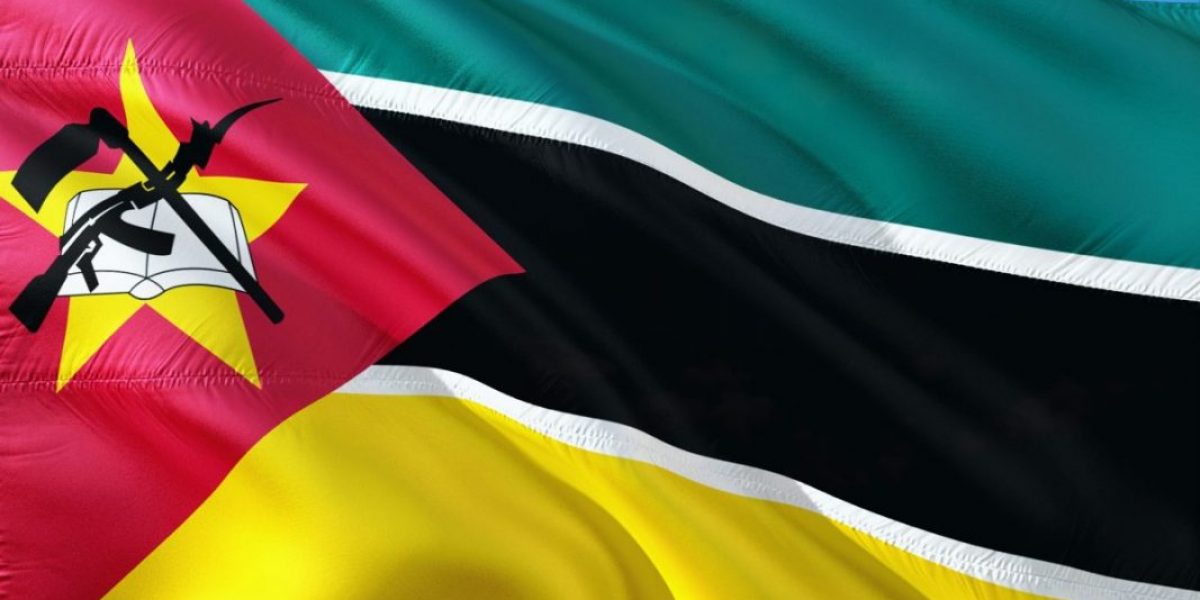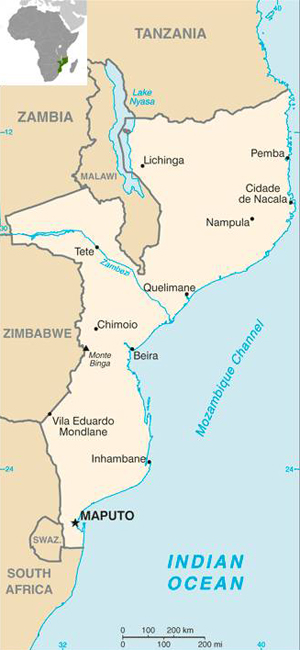As defined by the minister of energy, Dipuo Peters and the minister in the presidency, responsible for the National Planning Commission, Trevor Manual, this included ensuring energy security and efficiency; competitive energy pricing; and lastly, encouraging growth while reducing carbon emissions in the sector.
In 2010 coal dominated South Africa’s energy industry by over 70% while the global average stood at around 30%. This reliance on coal as a primary energy input contributed heavily to South Africa’s position as the 13th largest carbon polluter in the world.
Fortuitously, in the same year, major gas discoveries in the Rovuma Basin in northern Mozambique spelt the promise of a larger export base, economic growth and energy security for this low income Southern African country.
Although preliminary indications are that the companies present in the Rovuma Basin gas fields will likely export primarily to East Asia, particularly China and India, it is early enough for South Africa to gain a foothold in this new area of extraction.
Currently, estimates are that Mozambique has well over 100 trillion cubic feet (tcfs) of natural gas. This resource is in addition to the massive coal reserves currently being developed in Tete Province located in the central western part of the country.
There is no doubt that Mozambique is in the midst of a resource revolution that could possibly provide inputs for South Africa’s high energy demand and mitigate the country’s reliance on coal and resultant excessive carbon emissions.
According to Sasol’s country manager in Mozambique, the company is currently engaged in three gas exploration activities. Sasol is looking to add more gas fields to the existing gas plant at Pande and Temane in Mozambique which exports natural gas to South Africa via an 865km-long pipeline. These projects, if successful, could potentially mean even more gas inputs for South Africa’s energy sector.
It also appears that PetroSA, South Africa’s state-owned petroleum company, is looking at entering the Mozambican market. This interest was shown in the signing of a strategic memorandum of understanding between the company and its state-run Mozambican counterpart, Petromoc, in December 2011.
If considered seriously, South Africa’s strategic proximity to Mozambique, its strong diplomatic ties to the country and a pre-existing gas- and hydropower-sharing relationship could facilitate deals that provide answers to many of South Africa’s energy source questions.
But this depends largely on whether South Africa’s energy policy, as set out in the Integrated Energy Plan of 2003 (IEP) and Integrated Resource Plan for Electricity 2010-2030 (IRP) promulgated in 2011, is flexible enough to adapt to these new opportunities.
The IEP maps out the future of the country’s energy sector while the IRP adopts a forward-looking plan for electricity generation for the next 20 years. The IRP envisages that by 2030 the total share of coal in electricity generation will be significantly reduced. In contrast, nuclear power capacity will increase its contribution to electricity generation to 13.4%, while both renewable and solar electricity output will also be increased.
Although electricity generated from gas will also be boosted, its projected contribution remains marginal despite the emergence of this resource as an energy sector “game changer” in recent years.
Some of the criticisms levelled against the IRP are precisely that it does not fully consider the potential that natural gas has to contribute to power generation. Also, that the nuclear generation capacity increases it envisages will be unaffordable for the country. Both are shortcomings that could be addressed by thoroughly investigating the role that gas could play in the energy sector.
This is also desirable because gas emits about half the amount of pollution that coal does for the same amount of electricity generated. Gas as an energy feedstock for the production of synthetic fuels could also serve to decrease South Africa’s exorbitant carbon emissions.
Moreover, an energy sector that increases the role of gas as an input would not only be beneficial for South Africa and Mozambique as individual states, but would be a positive move towards regional integration and attaining energy security within the Southern African Development Community.








